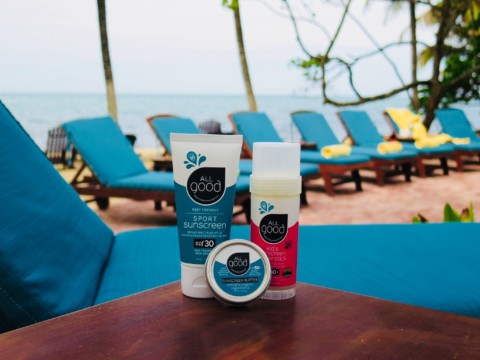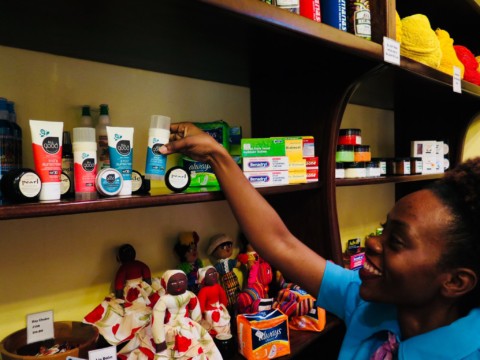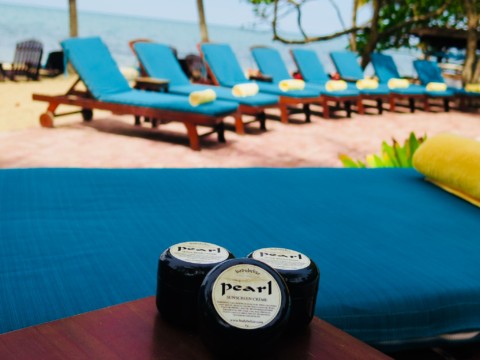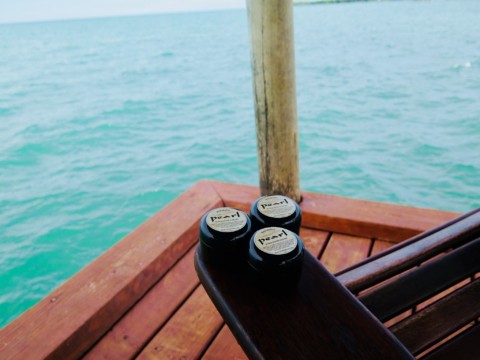Hamanasi will no longer sell and permit guests to use sunscreens that are not safe for the reef. Pollution threatens coral reefs worldwide, from the Great Barrier Reef, to the Red Sea to the Belize Barrier Reef. Much of the pollution comes directly from the sunscreen that divers, snorkelers and swimmers use to enjoy those very same reefs! The chemicals in many sunscreens sicken and kill reefs and marine species, and we must stop bringing those chemicals to the reef we love.
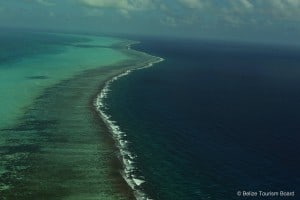
Why Does This Matter?
The Belize Barrier Reef is considered “The Jewel of Belize”, and we couldn’t agree more! Not only is it the second largest barrier reef in the world, it is home to thousands of marine species. This magical, gorgeous ecosystem also is our first line of defense against tropical storms, protecting our coastlines. It is a vital source for our fishing industry. Furthermore, it is a major draw of tourism, which employs 1 in 4 Belizeans. Protecting our reef is essential!
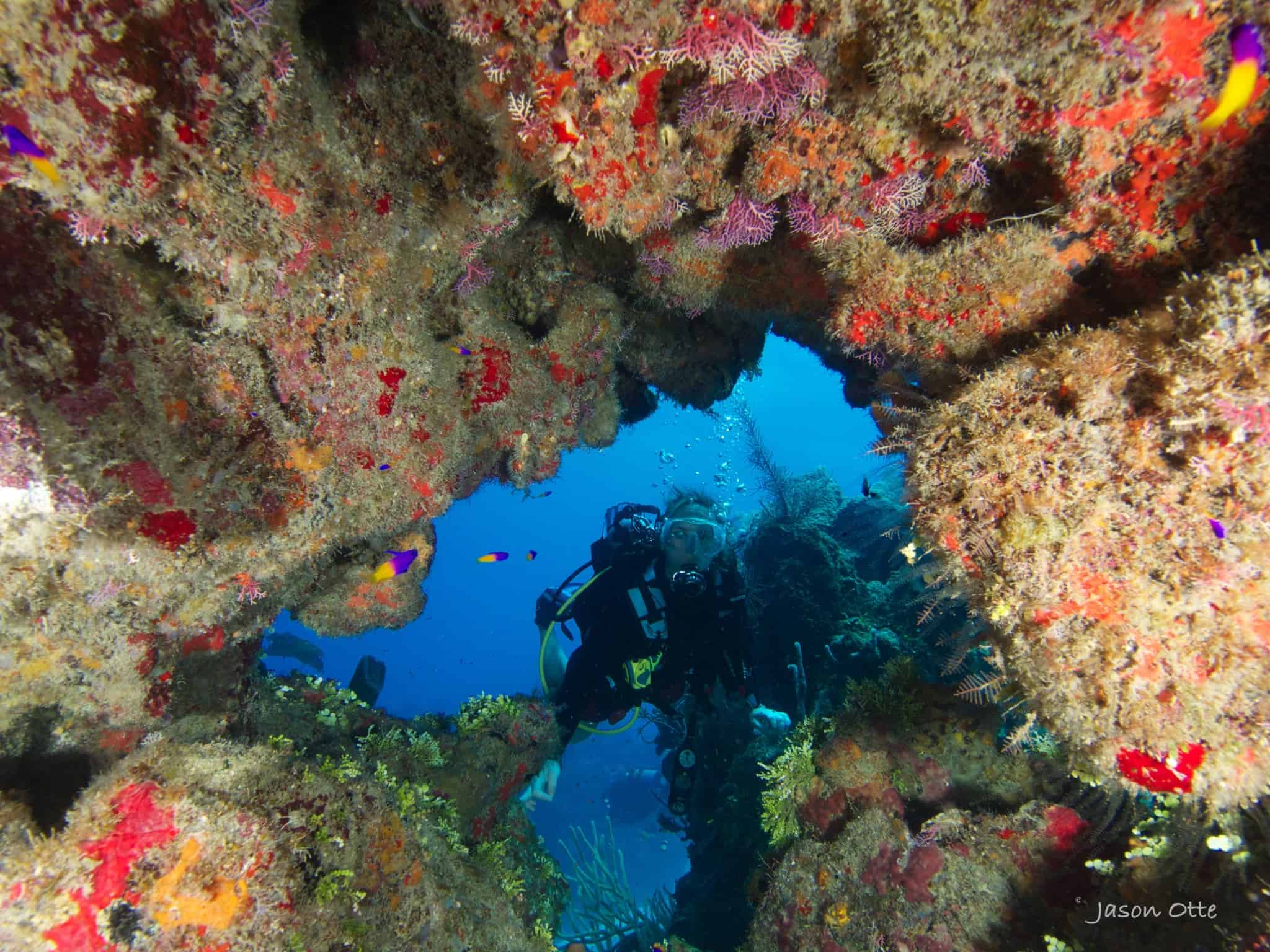
What is Hamanasi Doing?
Launching on World Reef Day on 1 June 2019, Hamanasi will no longer sell sunscreens that are unsafe to reefs or keep available any unsafe sunscreens that guests leave behind. We will offer for sale only reef safe sunscreens. Over the summer of 2019, we will be educating our current and future guests and not allowing them to use unsafe sunscreens on property and during both inland and marine tours. This will be strictly enforced when we reopen in September. Additionally, we will be educating employees and guests about the importance of this issue.
“With each action we take, we choose to do harm or to do good,” said Hamanasi founder Dana Krauskopf. “Switching to a reef safe sunscreen and telling others why is an easy step to help safeguard our marine ecosystems.”
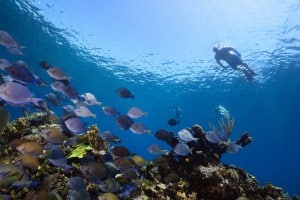
Why Should You Care?
Chemicals from sunscreens wash off skin either while in the water or showering. Furthermore, those absorbed by the body pass through urine and eventually wash out to sea. According to the United States Park Service’s “Protect Yourself, Protect the Reef”campaign, 6000+ tons of sunscreen enter coral reefs every year. Another 2008 European study published by Environmental Health Perspectives concluded that sunscreen promotes viral infection in corals that can lead to bleaching. It estimated that up to 14,000 tons of sunscreen is deposited in the world’s oceans each year.
What Are the Bad Ingredients?
Four common sunscreen ingredients kill or bleach coral at extremely low concentrations — as low as one drop in 6.5 Olympic sized swimming pools! Here are the worst offenders
- Oxybenzone (Benzophenone-3, BP-3) – Sunscreen ingredient that disrupts coral reproduction, causes coral bleaching, and damages coral DNA. Oxybenzone is found in over 3500 sunscreen products worldwide.
- Butylparaben – Preservative ingredient shown to cause coral bleaching.
- Octinoxate (Ethylhexyl methoxycinnamate) – Sunscreen ingredient shown to cause coral bleaching.
- 4-methylbenzylidene camphor (4MBC) – Sunscreen ingredient shown to cause coral bleaching. Allowed in Europe and Canada, not in USA or Japan.
According to the Haereticus Environmental Laboratory, which researches effects of sunscreens and other personal care ingredients on coral reefs, other ecosystems and wildlife, below is a comprehensive list of environmental pollutants one should avoid in sunscreens:
- Any form of microplastic sphere or beads.
- Any nanoparticles like zinc oxide or titanium dioxide. Non nanoparticles are ok.
- Oxybenzone
- Octinoxate
- 4-methylbenzylidene camphor
- Octocrylene
- Para-aminobenzoic acid (PABA)
- Methylparaben
- Ethylparaben
- Propylparaben
- Butylparaben
- Benzylparaben
- Triclosan
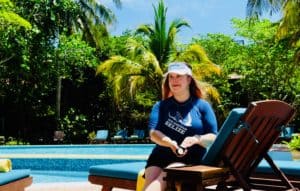
What Can You Do
- Buy and use only reef safe sunscreens
- Look for ingredients on sunscreen labels. Don’t trust claims – they are unregulated!
- Do NOT use sunscreens that contain oxybenzone, octinoxate, petrolatum (aka mineral oil), nanoparticle Titanium Dioxide or the other ingredients listed above.
- Use a water resistant sunscreen, which will stay on longer.
- Cover yourself with a hat and shirt. Companies like REI, Patagonia and Coolibar sell sun protective clothing. When in the water, use a wetsuit or long sleeve rash guard. If possible, only expose your face and neck, which will eliminate a lot of sunscreen while in the water.
List of Safe Sunscreens
Here is a list of sunscreens considered to be reef safe:

- *All Good SPF 30 Sport Sunscreen Lotion
- Babo Botanicals SPF 30 Clear Zinc Lotion
- Badger SPF 30 Unscented Sunscreen Cream
- Banana Boat Simply Protect SPF 50+ Sunscreen(spray, not lotion)
- *Body Belize Pearl Sunscreen, natural and organic
- Kokua Sun Care Hawaiian SPF 50 Natural Zinc Sunscreen
- Little Hands Hawaii SPF 35+ All-natural and Organic Sunscreen
- Loving Naturals Clear Body SPF 30+ All-natural Sunscreen
- Mama Kuleana Waterproof SPF 30 Reef-safe Sunscreen
- Manda Organic SPF 50 Sun Paste
- Raw Elements SPF 30 Certified Natural Sunscreen
- Raw Love SPF 35 All-natural Mineral Sunscreen
- Reef Safe Oxybenzone Free Biodegradable SPF 50 Sunscreen
- Stream2Sea SPF 30 Mineral Sunblock
- Suntegrity Natural Mineral Sunscreen
- Thinksport SPF 50 Sunscreen
*Available in Hamanasi’s gift shop. A staff favorite!
Now that you are well protected with the right sunscreen, go out and enjoy the reef and the rainforest!

